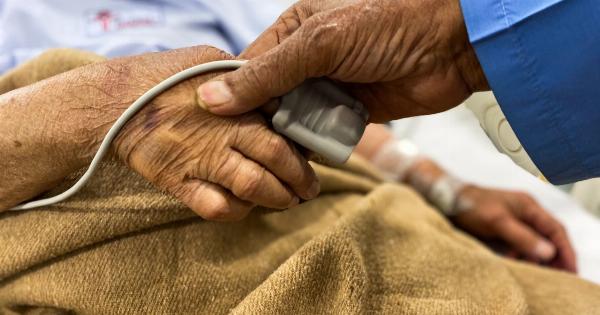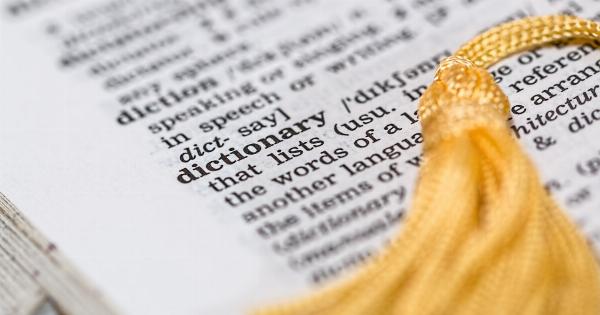When it comes to emotions, there is a common belief that women feel more than men. However, is this really true? In this article, we will explore the scientific evidence behind the question “Who Feels More: Men or Women?”.
Understanding Emotions
Emotions are an important part of the human experience. They play a vital role in social interaction and communication, as well as in decision-making processes.
There are six basic emotions that are universally recognized: happiness, sadness, anger, fear, surprise, and disgust.
The Myth of Emotional Women
Historically, women have been portrayed as the emotional sex, while men have been encouraged to suppress their emotions.
This stereotype has persisted in popular culture, with women often being labeled as “dramatic” or “overly sensitive.”.
However, research has shown that men and women experience emotions in similar ways, and that cultural expectations and gender norms play a large role in shaping how individuals express their feelings.
Hormones and Emotions
It is true that hormones play a role in regulating emotions. Testosterone, for example, has been linked to increased aggression and diminished empathy, while estrogen has been associated with heightened levels of emotionality.
However, individual differences in hormone levels do not necessarily determine how much an individual feels emotions. The social context in which emotions occur can also influence how they are expressed.
The Evolutionary Perspective
From an evolutionary perspective, emotions serve a critical function in helping humans survive and thrive.
Fear, for example, helps individuals recognize and respond to potential threats, while pleasure reinforces behaviors that are beneficial to the individual and the group.
While men and women may experience emotions differently, this is likely due to differing societal roles and expectations, rather than inherent biological differences.
Gender Differences in Emotional Expression
Research has shown that men and women express emotions differently. Women tend to use more facial expressions and vocal cues to convey their feelings, while men use more physical actions and gestures.
However, this difference in expression does not necessarily indicate that women feel more than men. Rather, it suggests that men and women have been socialized to express their emotions in different ways.
The Cultural Context
Cultural expectations also play a role in how emotions are expressed. In some cultures, expressing emotions openly is encouraged, while in others, it is stigmatized.
For example, in Western cultures, women may be more likely to express their emotions openly, while men may be socialized to conceal their feelings.
In other cultures, such as Japan, emotional expression is viewed as a sign of weakness, and individuals may be expected to suppress their emotions in public.
The Bottom Line
So, who feels more: men or women? The answer is that it is complicated. While studies have shown that men and women experience emotions in similar ways, cultural and societal expectations play a large role in how individuals express their feelings.
Instead of focusing on gender differences in emotional expression, it is important to recognize that emotions are a normal and essential part of the human experience.
By allowing ourselves to feel and express our emotions authentically, we can lead more fulfilling and meaningful lives.






























